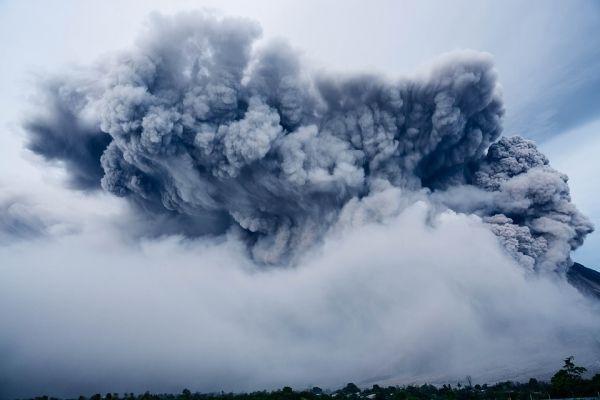As it captivated people around the world, the January eruption of the Hunga Tonga-Hunga Ha’apai volcano gave scientists a once-in-a-lifetime chance to study how the atmosphere works, unlocking keys to better predict the weather and changing climate.
The volcano, located in the South Pacific nation of Tonga, became active Dec. 20, 2021, and erupted Jan. 15, 2022. The blast obliterated one of the country’s many islands and was described by NASA as more powerful than an atomic bomb.
UMass Lowell’s Mathew Barlow, professor of environmental, earth and atmospheric sciences, was among an international team of scientists who studied the atmospheric response to the eruption, the likes of which has never before been recorded. The group’s findings were published in Nature, a preeminent scientific journal.
As part of his work, Barlow created an animated video from satellite data that shows the eruption’s dramatic effects. The event saw atmospheric waves pulse around the globe several times and stretch from Earth to the edge of space, some at speeds of 720 mph. The eruption also shot a plume of water vapor, along with volcanic ash, soil and smoke, 31 miles into the air. A short video produced by the researchers summarizes the effects.
Read more at University of Massachusetts Lowell
Photo Credit: Pexels via Pixabay


